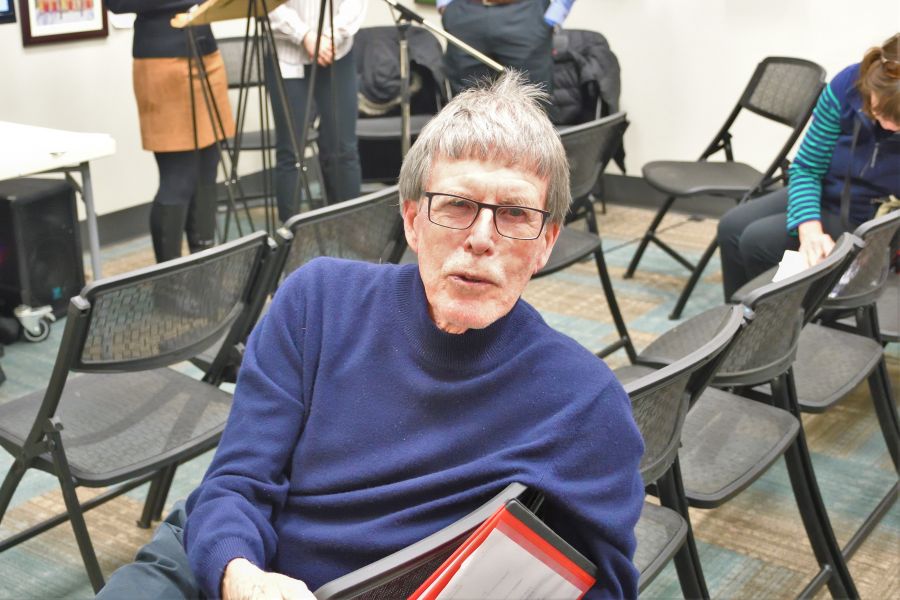Despite hundreds of studies, no one knows what causes long COVID.
The symptoms are real enough, debilitating fatigue, loss of energy, headaches, difficulties concentrating and focusing (what’s been called “brain fog”), trouble sleeping and a host of other symptoms similar in nature, if not cause, to chronic fatigue syndrome.
The incidence varies widely from as low as five per cent to as high as 30 per cent of COVID cases – the spread perhaps a reflection of differing criteria for the diagnosis and uncertainty about the underlying causes and pathology.
Recent evidence suggests that persistence of COVID viral particles, especially the spike protein or the whole virus, may play roles for continuing inflammatory immune responses and possibly continuing mutations in the host’s COVID virus.
Gaining traction is the notion highlighted in the Aug. 25 edition of “Nature,” that “tiny blood clots might explain some of the long COVID’s puzzling array of symptoms.”
From the outset of the pandemic, lift-threatening cases of COVID were sometimes associated with large blood clots plugging major arteries such as those supplying the heart, brain, lungs, kidneys and bowel.
Understandably, anticoagulants were frequently used to reduce the risk of strokes, heart attacks and other serious complications of large thrombi. Blockages in tiny arterioles and capillaries were also common, which added further justification for the anticoagulant therapy.
However, in the case of long COVID, it’s not the large blood clots sometimes seen in acute COVID that are the problem. Rather, it is the finding of tiny clots in the circulation and tissues in cases of long COVID that has prompted some scientists to suggest those tiny clots might be the cause at least some of the symptoms in long COVID.
Going further, some scientists and patients suggest anticoagulants and filtering the blood might make sense for treating long COVID.
The trouble is that similar tiny blood clots have been found in other diseases such as Alzheimer’s, Parkinson’s and diabetes.
Moreover, tiny clots have not been found by all investigators including one recent large study at the U.S. National Institutes of Health.
The questions that surround the role for tiny clots in the pathogenesis of long COVID and possible treatment with anticoagulants and filters reminds me of an earlier conflict between patients desperate for an effective treatment and cautious scientists holding out for more studies.
The example involved a radical new vascular hypothesis for multiple sclerosis and therapy that involved opening up plugged draining veins from the brain and spinal cord and was first proposed by an Italian vascular surgeon named Zamboni.
The treatment was heralded and highly promoted by the media in Canada and created a storm of misunderstanding between patients who wanted the treatment and the MS Society and MS physicians who felt Zamboni’s claims were not supported by the evidence.
Many patients angry with what they saw as stalling by the MS establishment went to other countries for the treatment and some returned claiming they were much better.
In the end, no evidence for such clogged veins was found and the dust settled, although many patients from that era remain wary of the establishment.
There are other examples of disconnects between experts and the patients they serve, including the recent badly fumbled fiasco over the approval of a new drug for Alzheimer’s.
The expert advisory panel for the National Institutes of Health reviewed the evidence of the clinical trials and determined that from a medical perspective, the evidence did not support approval of the drug.
However, patients and their families have been desperate for many years for an effective treatment and the earlier phase two trials suggested this one might work. In the final phase three trials the drug failed to slow the clinical course of the disease.
The NIH then overruled the opinion of the expert advisory committee and approved the drug, only to retract that approval after a storm of protest from committee members and outside experts. Everyone lost in this one: patients and the NIH. Recently two similar drugs (based also on monoclonal antibodies) failed in Parkinson’s disease.
Its tricky finding effective treatments for diseases, especially neurodegenerative diseases, such as Alzheimer’s, Parkinson’s, ALS and MS, where treatments help but the benefits are modest at best.
High expectations are often fed by the media and those promoting the drugs, and when treatments fail to deliver, or the effectiveness is iffy and accompanied by significant side effects, it’s very hard on families and patients.
Sometimes doctors and scientists aren’t as sensitive as they should be. That’s what seems to be happening with long COVID these days and the reason for this column.
Dr. William Brown is a professor of neurology at McMaster University and co-founder of the InfoHealth series at the Niagara-on-the-Lake Public Library.







